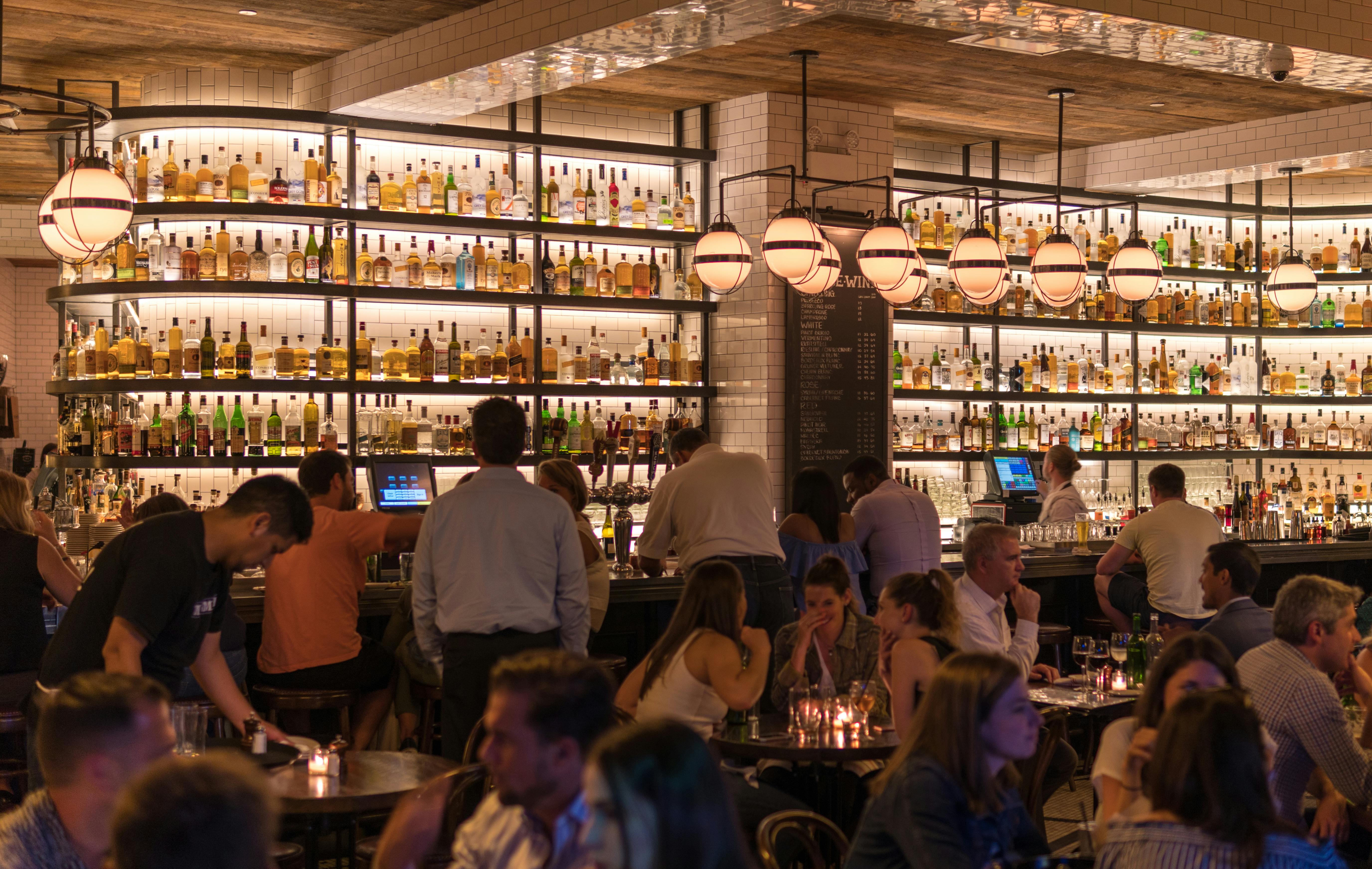
Rights and Obligations of Public, Private and Individual Video Surveillance
Audience
Public video surveillance, which does not include video surveillance in privately owned places such as shopping malls or in quasi-private areas such as government buildings, refers to surveillance in public areas by public agencies.
The use of public surveillance, although prevalent in the UK since the early 1980s, has not until recently been publicly acceptable in North America. However, in recent years with the attitude emerging after the 9/11 attacks, public support for video surveillance has increased substantially. While increased awareness has sparked many video surveillance initiatives, privacy concerns continue to be a hot topic of debate.
In 2003, George Radwanski (Federal Privacy Commissioner) attempted to legally challenge public video surveillance in a court of law. The case was dismissed on procedural grounds by Supreme Court Justice Gérard Laforest. He gave the opinion that video surveillance of this nature, regardless of purpose, would violate the reasonable expectation of privacy. This would violate Section 8 of the Canadian Charter of Rights and Freedoms. As of January 2011, no court has ruled for or against public video surveillance in Canada.
Private Organizations
Many people assume that a private organization, such as privately owned shopping malls, etc., is exempt from privacy obligations as long as the video surveillance is carried out in a public place. This is simply not true! Any information collected of a personal nature that takes place in the course of a business activity or by an employer, regardless of its location, must meet certain requirements.
The private organization must prove purpose, must have consent or prove why consent is not required, must limit the type and amount of information it collects about an individual, and provide adequate documentation for covert surveillance.
private individuals
For a person wishing to conduct covert surveillance, there are a variety of rules and/or laws that govern different types of situations. In Canada, the laws differ when looking at image recordings and voice recordings. Canada has a voyeurism law that states you may not covertly record or observe any person who has a reasonable expectation of privacy.
This simply means that you cannot covertly record in places like bathrooms, private rooms that are not yours, etc. Conversation recording takes a different approach. A person can record a conversation as long as one of the participants has consented to the recording. If you participate in the conversation, that consent may come from you.